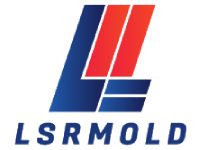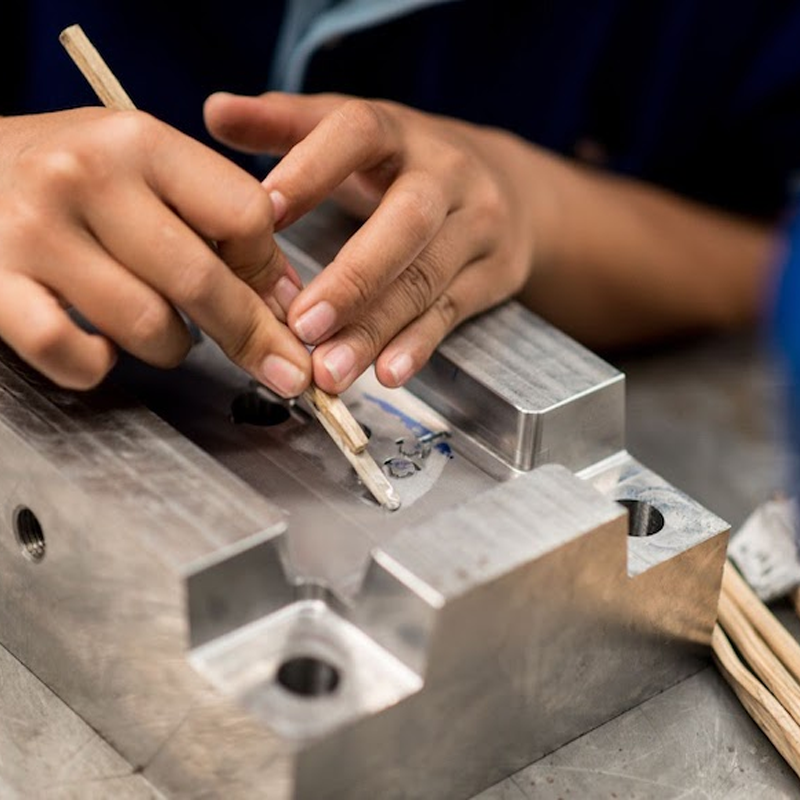At LSRmold, we understand that the surface finish of your custom-manufactured parts is crucial for both aesthetic appeal and performance. Polishing is a key finishing process used to enhance the appearance, durability, and functionality of metal components. Whether you’re in the aerospace, automotive, medical, or consumer electronics industry, a polished surface not only boosts the aesthetic qualities of your parts but also improves their resistance to wear, corrosion, and contamination. In this blog, we will explore the different polishing techniques, their benefits, and how to choose the right method for your manufacturing needs. Read on to learn about the various polishing methods, their applications, and top tips for achieving the best results for your parts.
What Is Polishing and How Does It Work?
Polishing is a process used to refine the surface of a material by removing imperfections such as scratches, nicks, or rough spots. The goal is to improve the shine, smoothness, and overall quality of the surface. Typically, this is achieved by using abrasives or polishing compounds to wear down the raised areas of a surface until a reflective, mirror-like finish is obtained. In metalworking, this process involves using abrasive materials to remove minor surface defects and create a lustrous finish.
Polishing is highly effective on a variety of metal materials. The technique used depends on the type of metal and the desired finish. For harder metals, automated or robotic polishing techniques are typically more efficient. On the other hand, softer metals may benefit from manual methods combined with buffing for a superior shine.
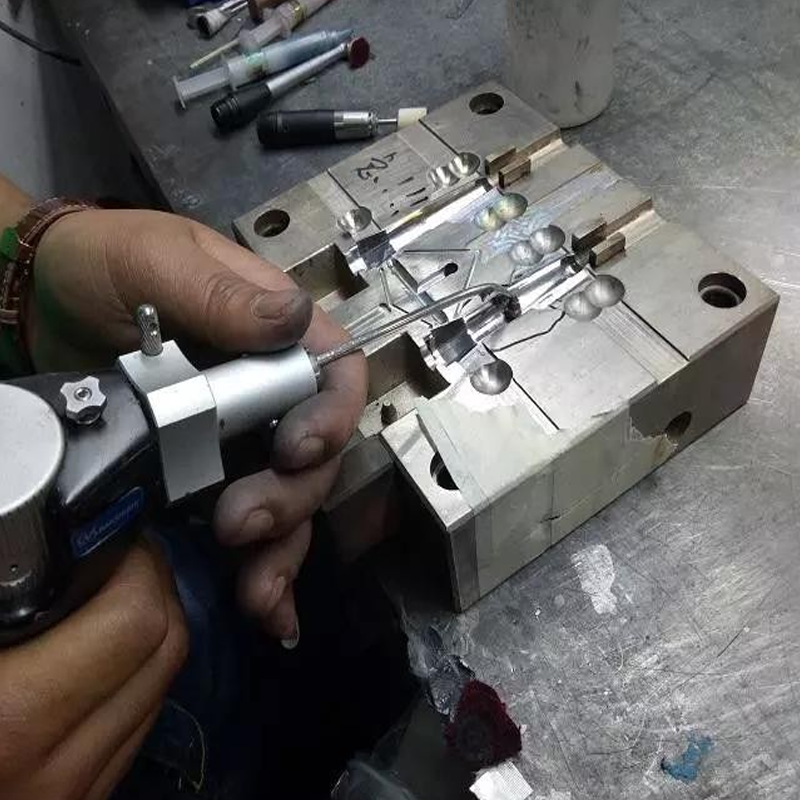
Key Steps in the Polishing Process
-
Roughing
The first step in polishing is to prepare the surface. Roughing involves removing any deep imperfections or defects, which can occur during earlier stages of machining or welding. The use of abrasives, such as sandpaper or grinding tools, helps to smooth out these rough areas. Depending on the size of the part, different abrasive tools are used to achieve the desired roughness before moving on to the next stage.
-
Polishing
Once the roughing process is complete, the next step is to apply a polishing compound to further smooth and refine the surface. Specialized tools like wool berets, sponges, or polishing pads are used to evenly distribute the compound. The aim is to bring the surface to a level of gloss and smoothness, removing any smaller imperfections from the roughing phase.
-
Brightening
After polishing, the surface may appear slightly dull or uneven. Brightening helps to restore the part to its original shine by further smoothing out the surface. This stage often involves additional polishing and the application of finishing compounds to create an even, uniform shine across the entire surface.
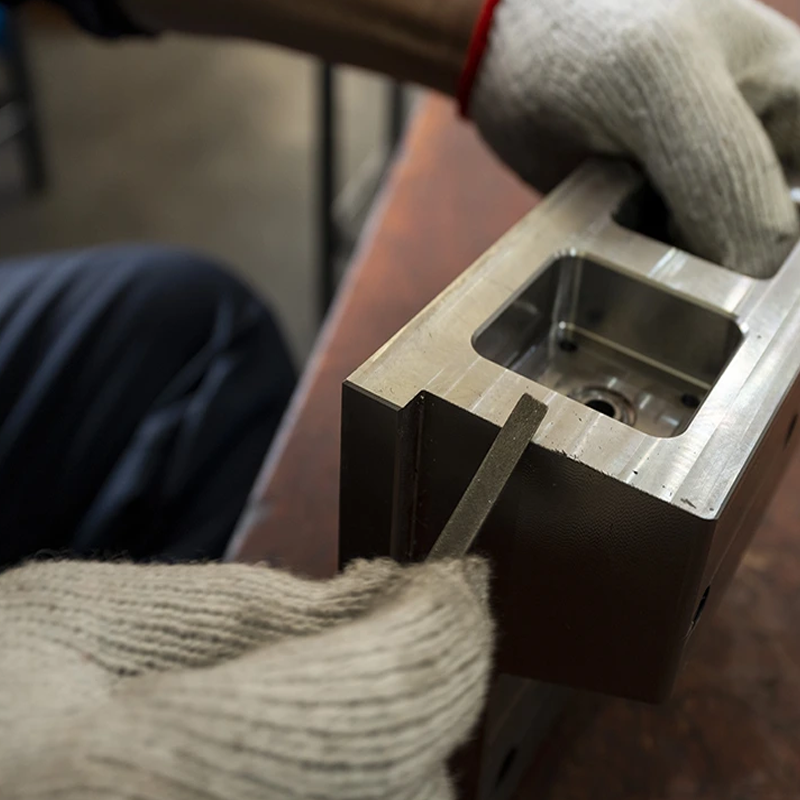
-
Protecting
To maintain the integrity of the polished finish, a protective layer is often applied. Wax or other protective coatings are used to seal the surface, providing extra protection against corrosion and environmental wear. This step ensures that the surface remains pristine for a longer period, preserving both the appearance and functionality of the part.
Types of Polishing Techniques
Polishing can be performed using various methods, each suitable for specific applications and materials. Here are the three most common types of polishing techniques:
-
Mechanical Polishing
Mechanical polishing is the most traditional form of polishing, using abrasives such as sandpaper or grinding wheels to physically remove surface defects. This method is commonly used for parts with relatively simple geometries. However, advanced mechanical techniques, such as ultra-precision polishing, are employed for high-precision parts, such as optical lenses. Ultra-precision polishing uses specialized abrasive tools to achieve extremely smooth surfaces with roughness as low as 0.008μm.
Pros:
– Provides a high degree of brightness and aesthetic appeal.
– Suitable for both small and large production runs.
– Improves the cleanability of parts.
Cons:
– Can be labor-intensive.
– May not be suitable for highly complex parts.
– The gloss may diminish over time and can be affected by environmental factors.
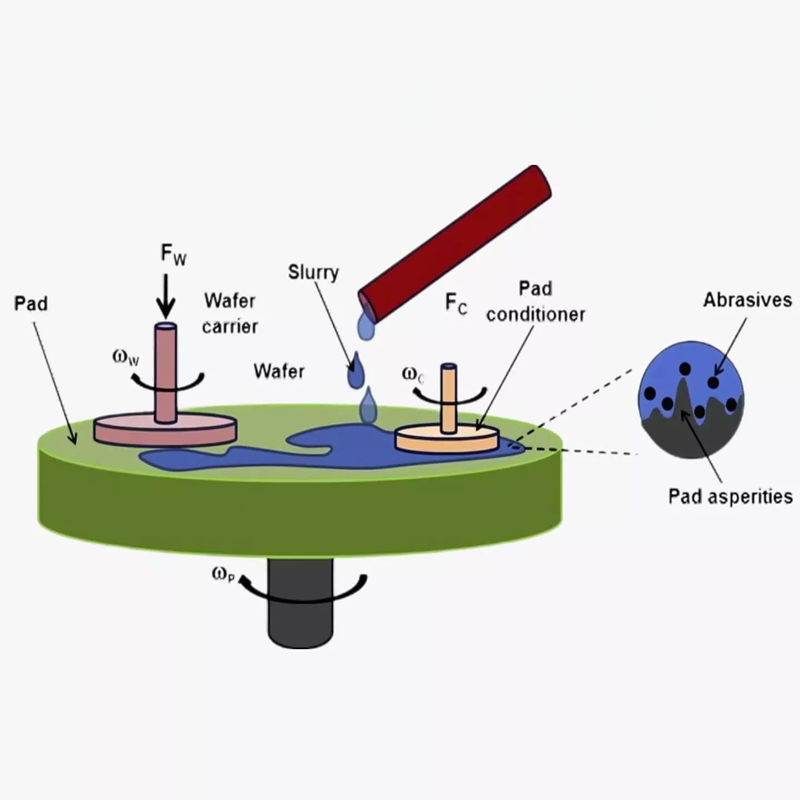
-
Chemical Polishing
Chemical polishing involves using a chemical solution to dissolve the rougher parts of a metal surface, resulting in a smoother, more uniform finish. This method is ideal for parts with complex geometries that are difficult to polish manually. It is a highly efficient method that can be used to polish multiple parts at once.
Pros:
– Can polish parts with intricate shapes.
– Requires minimal equipment.
– High efficiency with consistent results.
Cons:
– The finish may not be as bright as mechanical polishing.
– Chemical solutions can be hazardous, requiring careful handling.
– It may not work well with all metal types.
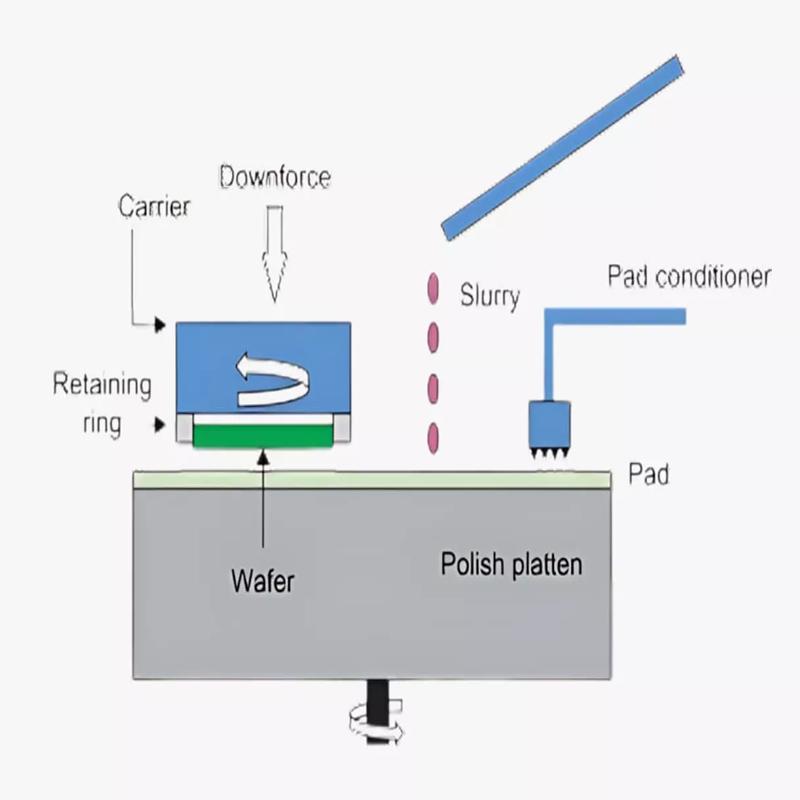
-
Electrolytic Polishing (Electropolishing)
Electropolishing, also known as anodic polishing or electrochemical polishing, uses an electrolytic process to dissolve surface imperfections. In this method, the part is submerged in a chemical bath, and an electric current is applied. The process helps smooth out surface imperfections and removes burrs or raised areas.
Pros:
– Achieves a highly reflective, smooth surface.
– Provides excellent corrosion resistance and durability.
– Faster processing time compared to mechanical polishing.
Cons:
– Requires a significant investment in specialized equipment.
– The process can be complex and requires precise control.
– Not suitable for very intricate or delicate parts.
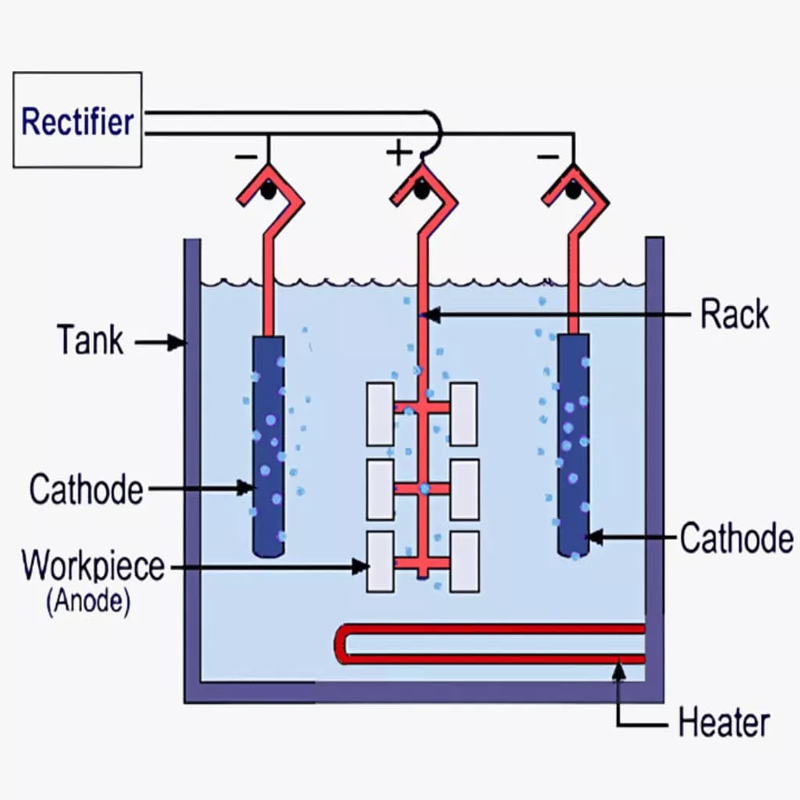
Choosing the Right Polishing Method
The method you choose will depend on several factors, including the material of the part, the desired finish, production volume, and cost constraints. For example, electropolishing is ideal for parts requiring high corrosion resistance and a bright finish, such as medical or aerospace components. On the other hand, mechanical polishing may be more suitable for simpler parts or low-volume production runs where budget is a concern.
When selecting a polishing technique, it’s essential to consider not only the aesthetic and functional requirements but also the environmental factors that might impact the finish over time. For instance, if the parts will be exposed to harsh chemicals or extreme temperatures, electropolishing may be the better choice for long-term durability.
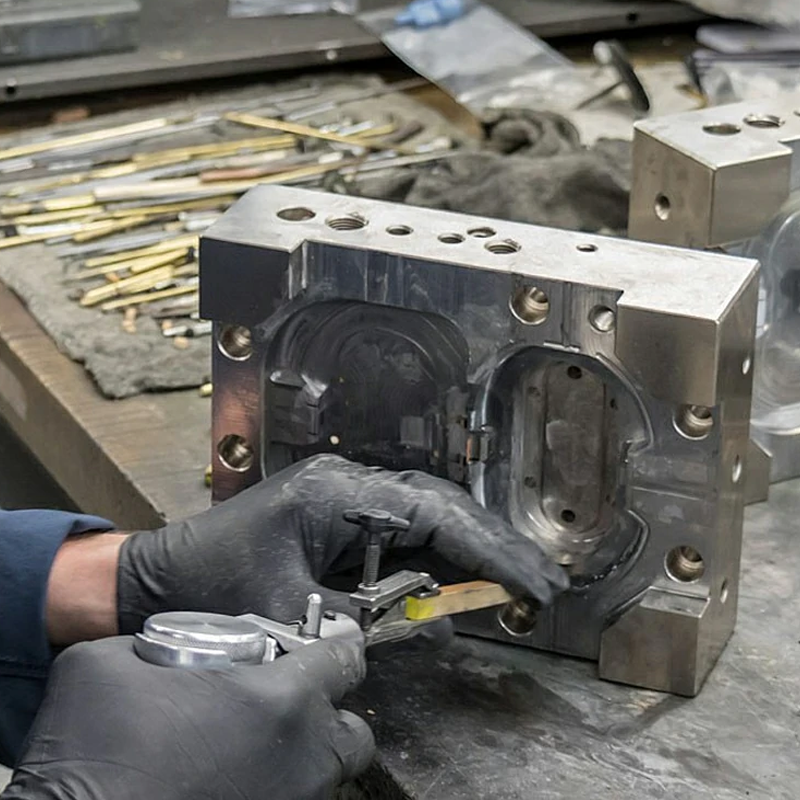
Expert Tips for a Flawless Finish
Achieving a flawless polished finish requires attention to detail. Here are some expert tips to help you achieve the best results:
– Use the appropriate abrasive material for the metal type and desired finish.
– Avoid polishing in a single direction. Instead, vary your motions to achieve a consistent finish.
– Apply the polishing compound sparingly to prevent excess material from leaving marks on the part.
– Ensure that your polishing tools and abrasives are in good condition.
– Maintain a steady, controlled speed during polishing to avoid overheating or damaging the surface.
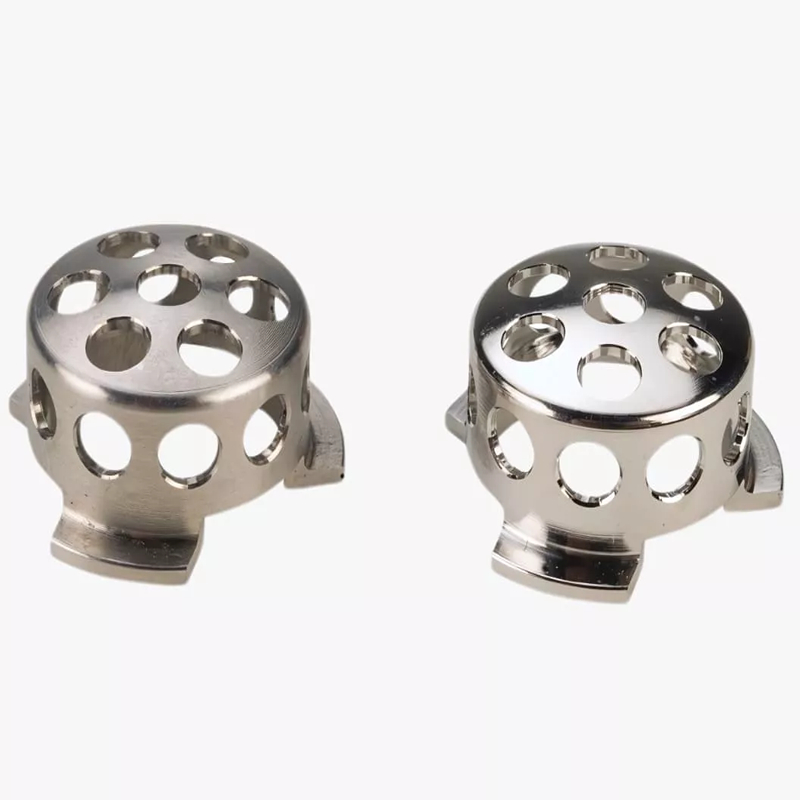
The Benefits of Polishing for Custom Parts
Polishing is not just about improving the appearance of a part; it also offers several functional benefits, including:
– Improved Corrosion Resistance: Polished surfaces are less likely to accumulate contaminants, reducing the risk of corrosion over time.
– Enhanced Aesthetic Appeal: A polished surface enhances the visual appeal of the part, which is especially important for products that will be visible to consumers.
– Increased Durability: The polishing process can help harden the surface, making the part more resistant to wear and tear.
– Improved Cleanability: Polished surfaces are easier to clean and maintain, which is crucial for industries like medical and food processing where hygiene is a priority.
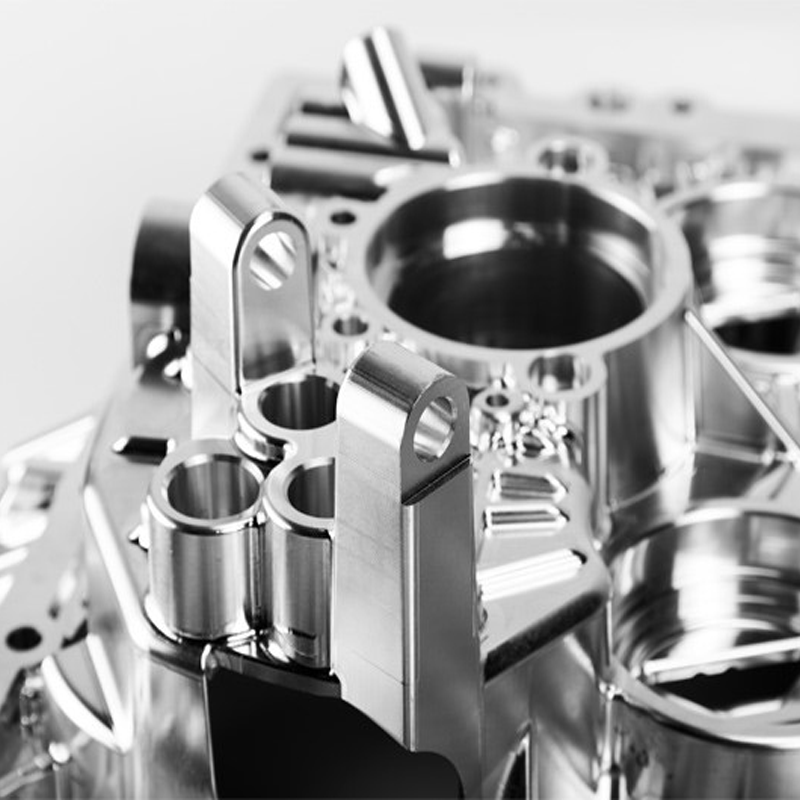
Conclusion
At LSRmold, we are committed to delivering high-quality custom metal parts with superior surface finishes. Whether you require a simple polish or a more advanced electropolish, our team of experts is here to help you choose the best polishing technique for your needs. With our cutting-edge equipment and commitment to excellence, we ensure that every part meets the highest standards of performance and appearance. Contact us today to discuss your project, and let us help you achieve the flawless finish your products deserve.
